The internet, an integral part of modern life, is experiencing a transformation with Web3. This new era of the web is designed to place users at the forefront, offering a decentralized platform where their rights and privacy are paramount.
Web3 has been buzzing around the tech community, promising a revolution in how we interact with the digital world. Blockchain technology, a key contributor to the Web3 vision, is a secure and transparent digital ledger system changing how we interact with data and value online.
But what exactly is Web3, how does Web3 work, and how does blockchain technology contribute to Web3? Be sure to grab your popcorn and sit tight as we demystify these terms. Let’s get into it together!
What is Web3?
To understand Web3, we must first look back at its predecessors. Web1, the internet’s first version, was a collection of static pages. Then came Web2, the interactive and social web, which brought us platforms like Facebook, YouTube, and X (Formerly known as Twitter). However, Web2’s drawbacks are primarily centralized control and data privacy concerns.
With Web3, the vision of a decentralized internet is set to be achieved. Web3 aims to give power back to the users through an internet where they have control over their data, assets, and the flow of information. Web3 is an internet where services are built on decentralized networks, running on open protocols owned by the community rather than private corporations.

How Does Web3 Work?
The early days of the web, known as Web1, were dominated by HTML for structuring web pages and presenting information. As we transitioned to Web2, this core functionality remained essential—however, Web3 promises to revolutionize how HTML interacts with data. Web3 will ensure new data sources emerge, a significant shift in how HTML retrieves and displays that data.
The dominance of centralized databases in Web2 for data storage and application functions is set to be challenged by Web3. This new web version leverages decentralized peer-to-peer networks, removing the need for a central authority. This shift empowers users with greater control over their online experiences and data.
User-generated content was a hallmark of Web2. Web3, however, takes a different approach. Through the integration of semantic web technologies and artificial intelligence, Web3 automates content delivery, creating a more intelligent and user-centric web experience. So, say goodbye to Facebook or Instagram showing you ads based on your recent searches, you’ll be in control of your data with Web3.
Banks and financial institutions control how we transact. If you pay for groceries at a store with your bank card, you have no control over the transaction, the bank and the store’s financial provider do. Web3 shifts financial transactions away from conventional banks and financial institutions toward blockchain’s decentralized finance ecosystems with cryptocurrency as the base.
What Are Some Real-World Examples of Web3 Applications?
Below are some of the applications of Web3 in our day-to-day lives:
Decentralized Finance (DeFi)
DeFi platforms like Uniswap and Compound allow users to lend, borrow, and trade — without traditional financial intermediaries — using smart contracts on the blockchain.
Non-Fungible Tokens (NFTs)
NFT marketplaces such as OpenSea and Rarible enable creators to sell digital art and collectibles directly to consumers, with blockchain ensuring uniqueness and ownership.
Decentralized Social Networks
Platforms like Minds and Mastodon offer social networking services where users can control their data and interact without central authority oversight.
Supply Chain Management
Blockchain technology is being used to create transparent and efficient supply chains, with companies like VeChain leading the way in tracking products from production to delivery.
Identity Verification and Authentication
Web3 applications also enhance security and privacy in identity verification, with projects like Civic providing decentralized identity verification services.
Governance and Voting Systems
Blockchain-based voting systems are being developed to ensure secure and transparent electoral processes, with projects like Horizon State offering solutions for digital democracy.
Gaming and Virtual Worlds
The gaming industry is also embracing Web3, with games like Skyweaver, Guild of Guardians, and Illuvium offering players ownership of in-game assets and a decentralized gaming experience.
These applications are just the tip of the iceberg when looking at the potential of Web3. They showcase how blockchain technology is leveraged to create a more decentralized, user-centric internet experience.

How to Invest in Web3
Here are some key ways to invest in Web3:
- By meticulously researching innovative solutions and the teams behind them, investors can benefit from the success of promising blockchain startups. Early investment options like Initial Coin Offerings (ICOs) and angel investing offer the chance to support these emerging companies directly.
- Purchase tokens or coins associated with a particular Web3 project. Look for businesses exploring blockchain, decentralized applications, or other emerging technologies.
- Web3’s growth presents an opportunity for stock market investors. Companies actively developing and implementing Web3 technologies are potential investment targets. These companies stand to benefit from the widespread adoption of Web3. Online brokerage platforms offer convenient access to these Web3 stocks, allowing you to build and manage your investment portfolio.
- Participate in Web3 projects that reward you for staking, playing, and more. Keep an eye out for crypto community AirDrops as well.
- Invest in distributed computing platforms like Ethereum and Filecoin, DeFi platforms such as MakerDAO, Compound, and Aave, and decentralized data storage solutions including Storj and IPFS.
What is Blockchain?
Blockchain technology is synonymous with cryptos like Bitcoin and Ethereum, but its potential extends far beyond. Blockchain serves as a robust distributed ledger, meticulously recording transactions across a vast network of computers. This architecture ensures that no single transaction can be changed after completion, fostering a system where trust is built through the collective verification of transactions by multiple participants.
This collaborative approach effectively removes the necessity for centralized oversight, marking a significant advancement in secure digital transactions. Blockchain technology is the backbone of Web3 for several reasons:
Blockchain uses a decentralized system
Blockchain operates on a peer-to-peer network, eliminating the need for central authorities. This aligns perfectly with the Web3 ethos of decentralization, where no single entity controls the entire network.
Blockchain is secured
The cryptographic nature of blockchain ensures secure transactions. In Web3, users can trust the systems they interact with, as the risk of fraud and hacking is significantly reduced.
Blockchain is transparent
All transactions on a blockchain are visible to anyone within the network, promoting transparency. For Web3, this could lead to more trust in online interactions and transactions.
The interoperability feature
One of Web3’s key strengths lies in its user-friendly design, enhanced by the capabilities of blockchain interoperability solutions like Polkadot. These innovations enable effortless switching between different Web3 platforms and applications.
Users can use their favorite wallet to trade NFTs across various networks and monitor the performance of their entire digital portfolio from a single interface. This seamless experience, powered by interoperable blockchains, is a major catalyst for Web3 adoption and the broader integration of blockchain technology.
Tokenization
Blockchain enables the creation of digital assets or tokens. Web3 utilizes this feature to represent everything from currency to property rights, opening up a world of digital ownership and exchange possibilities.
Blockchain uses smart contracts
These self-executing contracts with the terms directly written into code run on the blockchain. They are crucial for Web3, automating processes and agreements without intermediaries.

Differences between Blockchain and Web3
Blockchain and Web3 are often mentioned together but are different. Here’s a simple breakdown of their differences:
Purpose
Blockchain is primarily a record-keeping technology, while Web3 is about building a new, decentralized internet.
Scope
Blockchain is a component of Web3, but Web3 includes other technologies like decentralized storage, peer-to-peer networking, and identity management.
Interactivity
Web3 applications allow for more complex interactions than transaction record-keeping, including social media, gaming, and more.
User Control
Web3 emphasizes user sovereignty over data and online presence, whereas blockchain focuses on the security and integrity of data.
How Does Blockchain Technology Contribute to Web3?
Blockchain’s contribution to Web3 so far is immense and transformative. It enables a user-centric internet where individuals have sovereignty over their data. For instance, with blockchain, social media users could own and monetize their content without platform interference. In the financial sector, blockchain’s decentralized finance systems offer financial services without traditional banks.
Blockchain technology is crucial in enabling various functionalities within the Web3 space. Several other impacts of blockchain on various aspects of Web3 are highlighted below:
Decentralized Finance (DeFi)
Blockchain enables the creation of peer-to-peer financial applications, such as lending platforms and cryptocurrency exchanges, that operate without centralized intermediaries. This facilitates faster, cheaper, and more inclusive financial services.
DApps
Blockchain provides a secure platform for building DApps (decentralized apps) that offer various functionalities, from social media platforms to gaming experiences. These applications are not controlled by any single entity and give users more control over their data and interactions.
Web3 thrives on the foundation of blockchain-based DApps, domains, and websites. These technologies empower users to interact directly with applications, eliminating the need for centralized intermediaries. This decentralized approach fosters a more user-centric internet experience.
Digital Identity
Blockchain can create secure and verifiable digital identities that users can control and use across different applications. This eliminates the need for multiple logins and passwords and empowers users to manage their online identity.
Content Ownership
Blockchain can be used to track ownership and authenticity of digital content, such as art and music. This benefits creators by ensuring proper attribution and enabling them to receive fair compensation for their work.
Play-to-Earn Games
The decentralization of gaming within Web3 unlocks innovative ownership structures and earning models. Unlike traditional games where players have limited control over in-game items, Web3 empowers them to own these assets as NFTs. This ownership extends beyond the individual game, allowing players to trade NFTs within the metaverse.
Furthermore, blockchain-based games like Axie Infinity enable players to earn cryptocurrency through gameplay, which can be converted into traditional currency. This play-to-earn model adds a new dimension to gaming within Web3.
Despite its promise, the transition to Web3 is not without challenges. Scalability, user experience, and regulatory hurdles are significant obstacles. Blockchain networks, while secure, can struggle with high transaction volumes, leading to slower speeds and higher costs. The user experience of DApps and other Web3 services must improve to reach mainstream adoption.
Additionally, governmental regulation still needs to be clarified, with governments worldwide grappling with approaching this new technology.
However, the potential benefits of Web3 are too significant to ignore. As blockchain technology develops, we expect more innovative solutions to these challenges. The road to a decentralized internet is long, but with each step, we move closer to a more open, transparent, and user-empowered online community.
Final Verdict
Web3 and blockchain technology together are laying the groundwork for a new chapter in the internet’s history. This partnership promises an internet where users have control, security is paramount, and opportunities are boundless. As we stand on the cusp of this new digital dawn, it’s clear that blockchain technology will be a driving force in shaping the future of the web.
Within Web3, blockchain technology will continue to play critical roles in establishing trust. By offering a permanent and cryptographically verifiable record of all transactions, blockchain fosters a secure and trustworthy environment for users interacting within the decentralized Web3 ecosystem.
Zypto: Your Secure Gateway to The Web3 Space
As Web3 builds on the foundations of blockchain technology, user-friendly tools are crucial for mainstream adoption. Zypto steps in as an all-in-one crypto app, offering a secure gateway to the Web3 space.
Through our services, you can buy, sell, send, and receive cryptocurrencies with ease, bridging the gap between traditional finance and the decentralized future. You can explore Zypto’s suite of services and unlock the potential of Web3 for yourself here.
P.S: We will be happy to answer any comments or questions you might have, so do drop your opinions in the comment section.

FAQs
Can you have Web3 without blockchain?
Web3 is fundamentally built on blockchain technology, leveraging its decentralized and transparent nature to enable new functionalities like decentralized finance (DeFi), NFTs, and decentralized applications (dApps).
Therefore, Web3 without blockchain would lack the foundational technology that defines its decentralized nature.
Is Web3 only crypto?
While Web3 is closely associated with cryptocurrencies due to its foundation on blockchain technology, it encompasses broader decentralized technologies beyond crypto.
This includes decentralized applications (dApps), decentralized finance (DeFi), non-fungible tokens (NFTs), and more, aiming to create a more open, transparent, and user-centric internet.
Is blockchain and Web3 the future
Blockchain and Web3 technologies are seen as integral to the future of digital innovation and decentralized systems.
They offer solutions to current centralized models by enhancing security, transparency, and efficiency in various sectors like finance, supply chain, healthcare, and governance.
Why is blockchain technology so unique in Web3?
Blockchain technology is unique in Web3 because it enables decentralized consensus mechanisms, immutability of data, transparency, and trustless transactions without intermediaries.
These features are crucial for creating decentralized applications and systems that prioritize user ownership, privacy, and security on the internet.
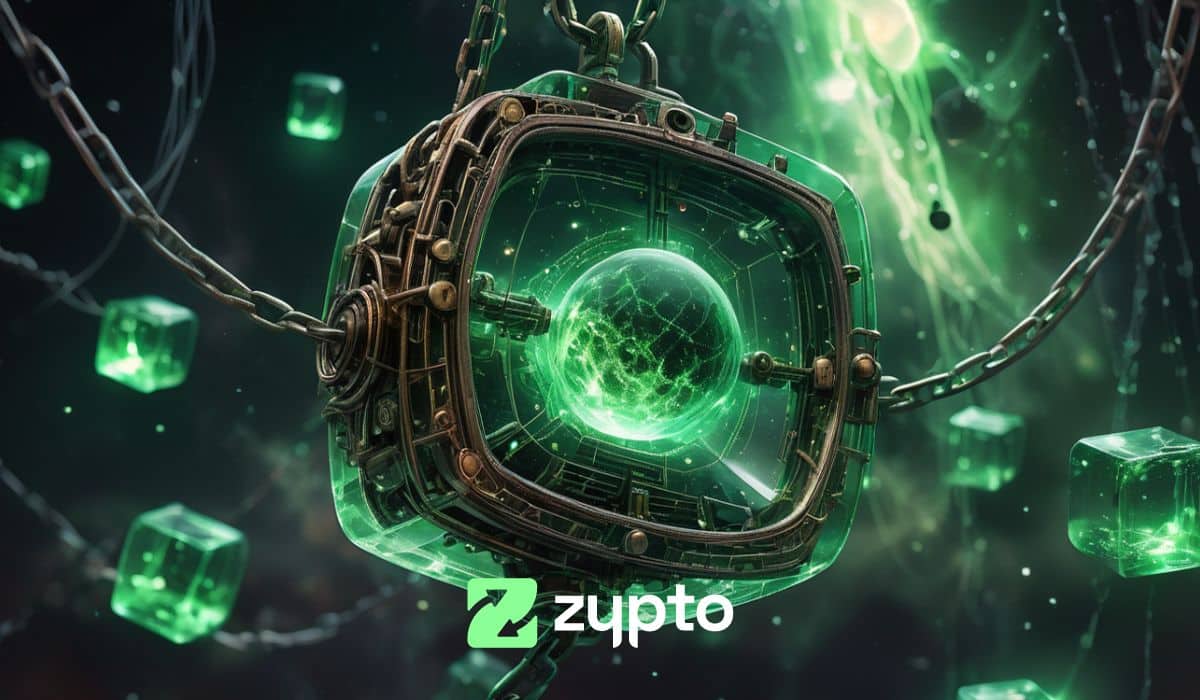




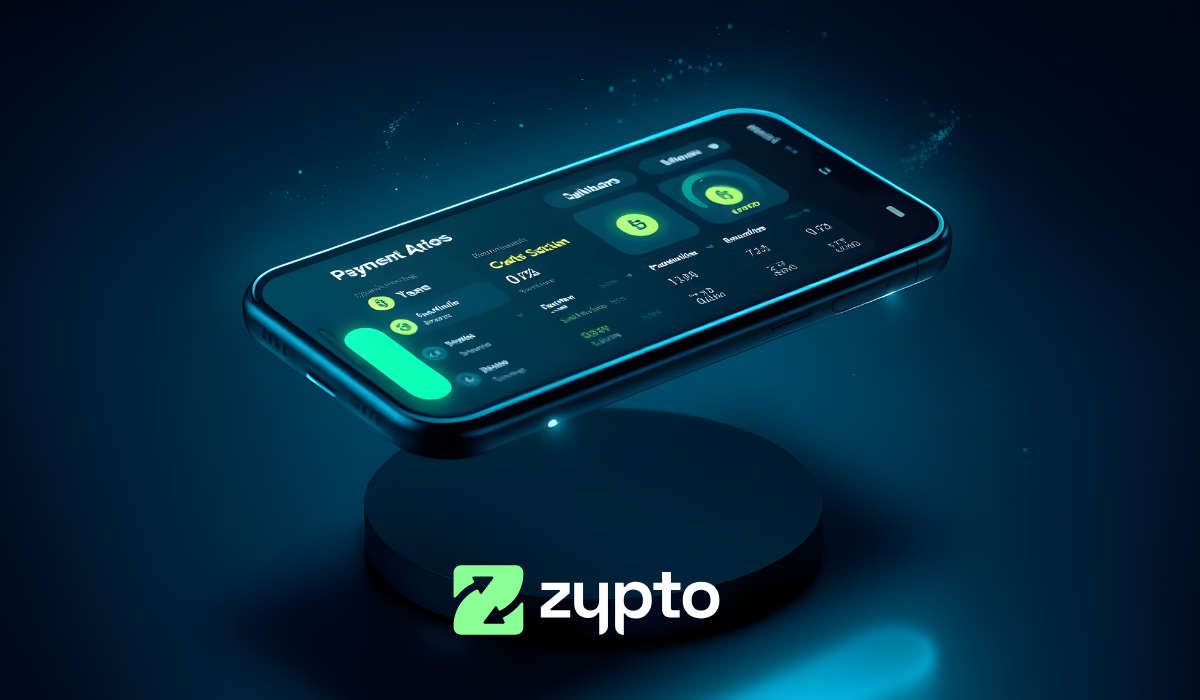
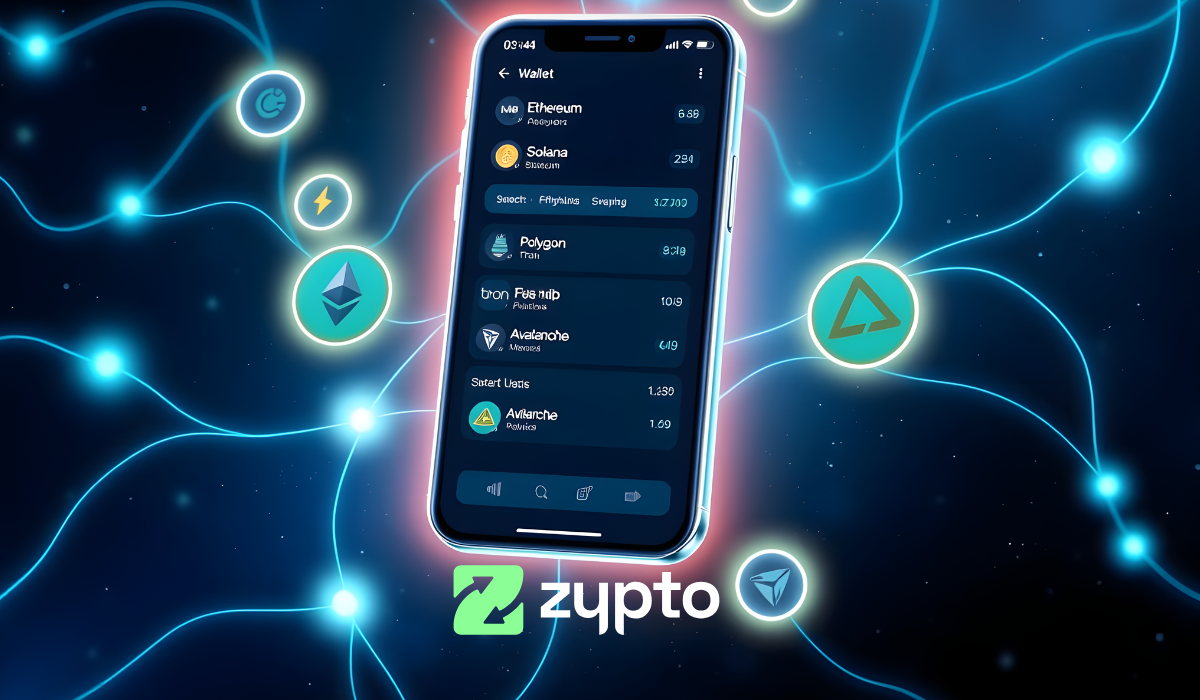

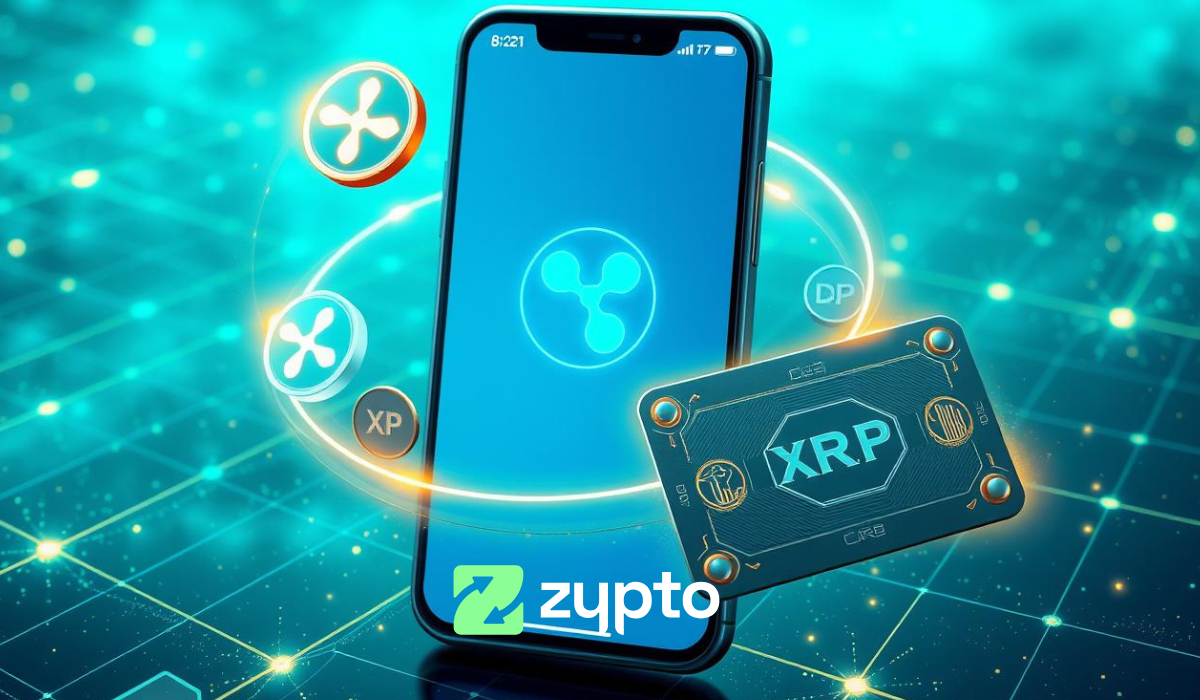
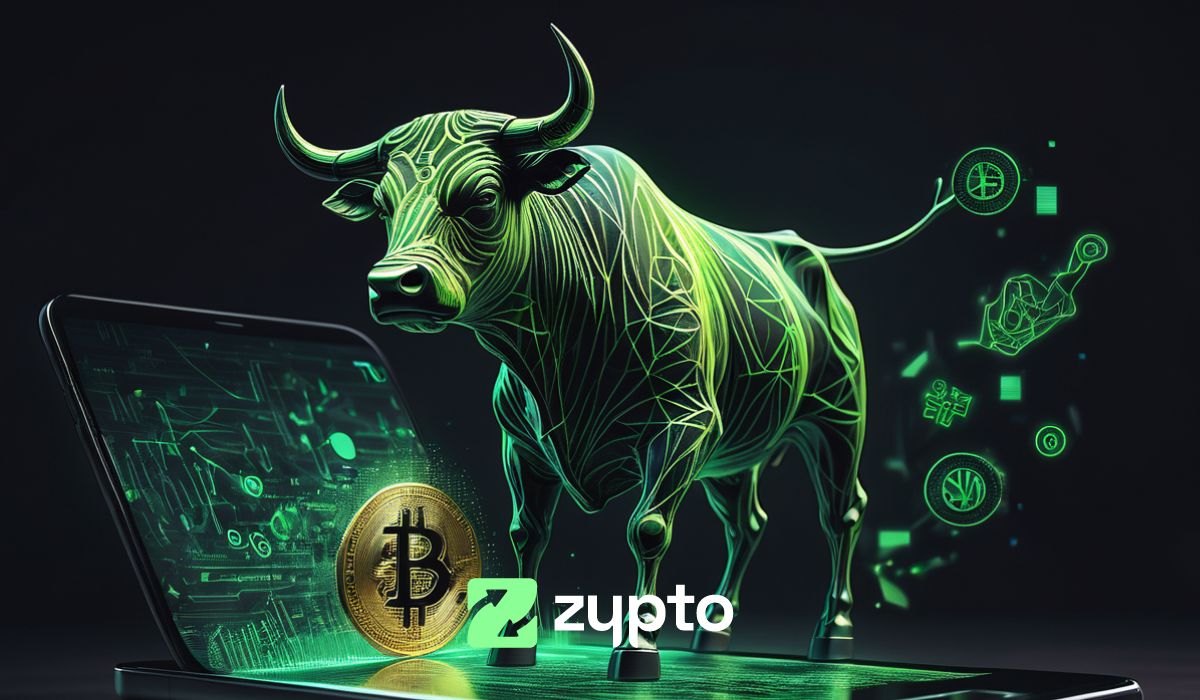
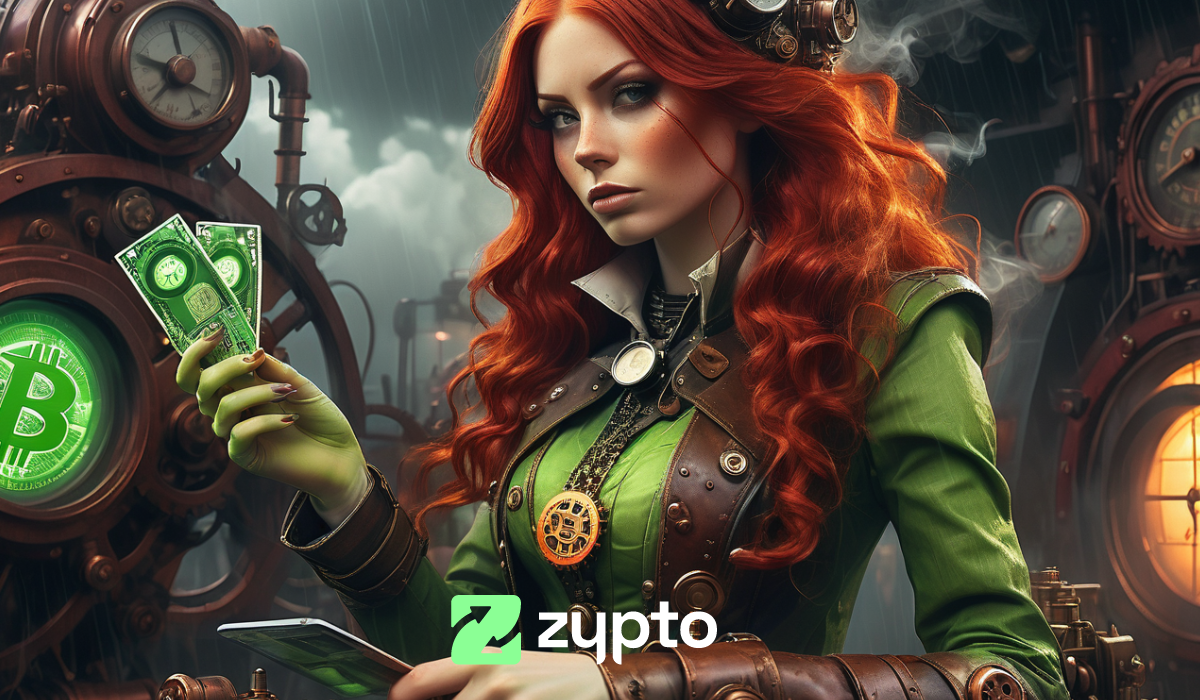




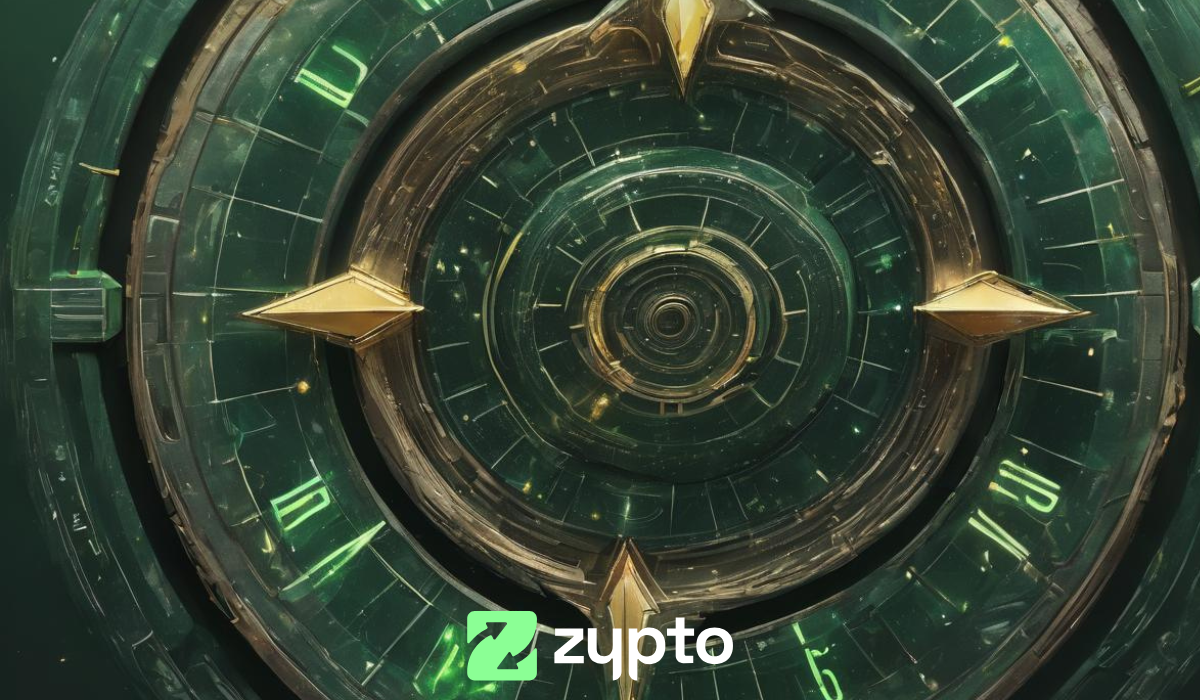
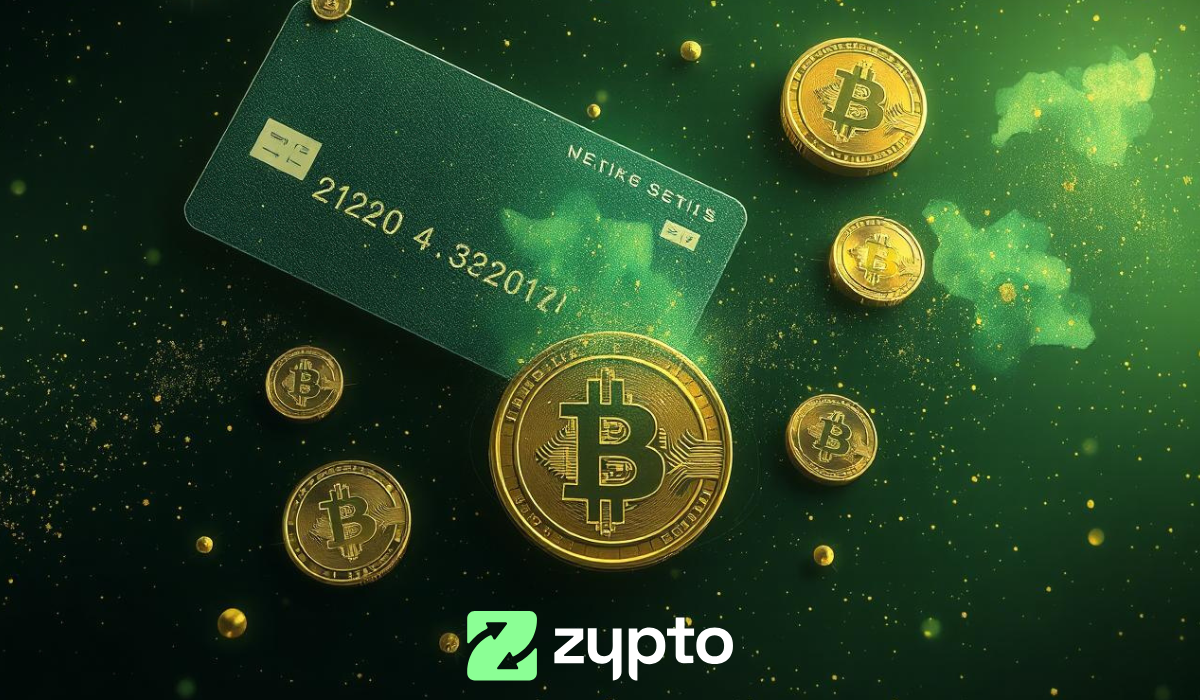
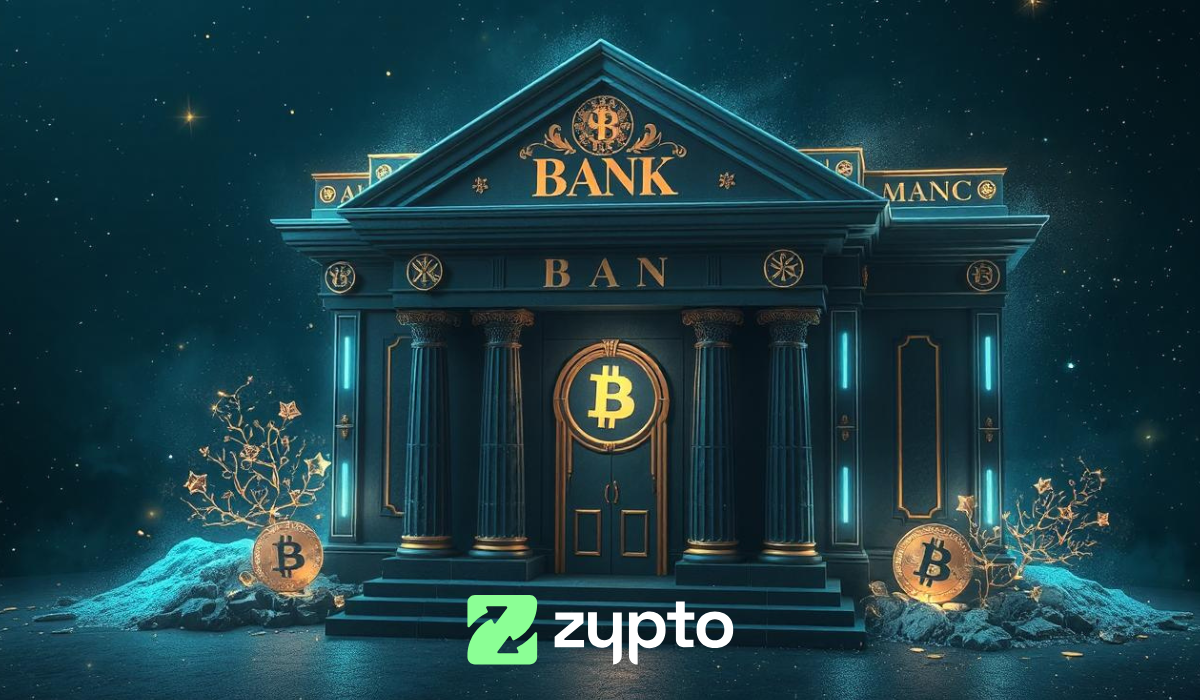

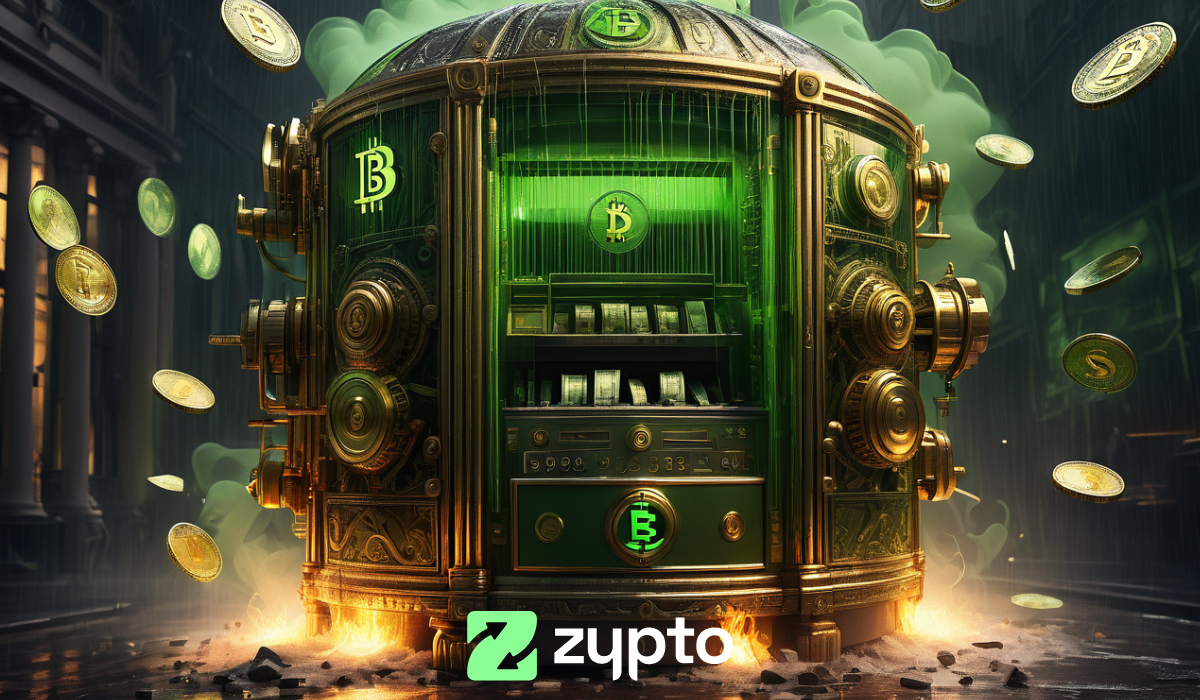

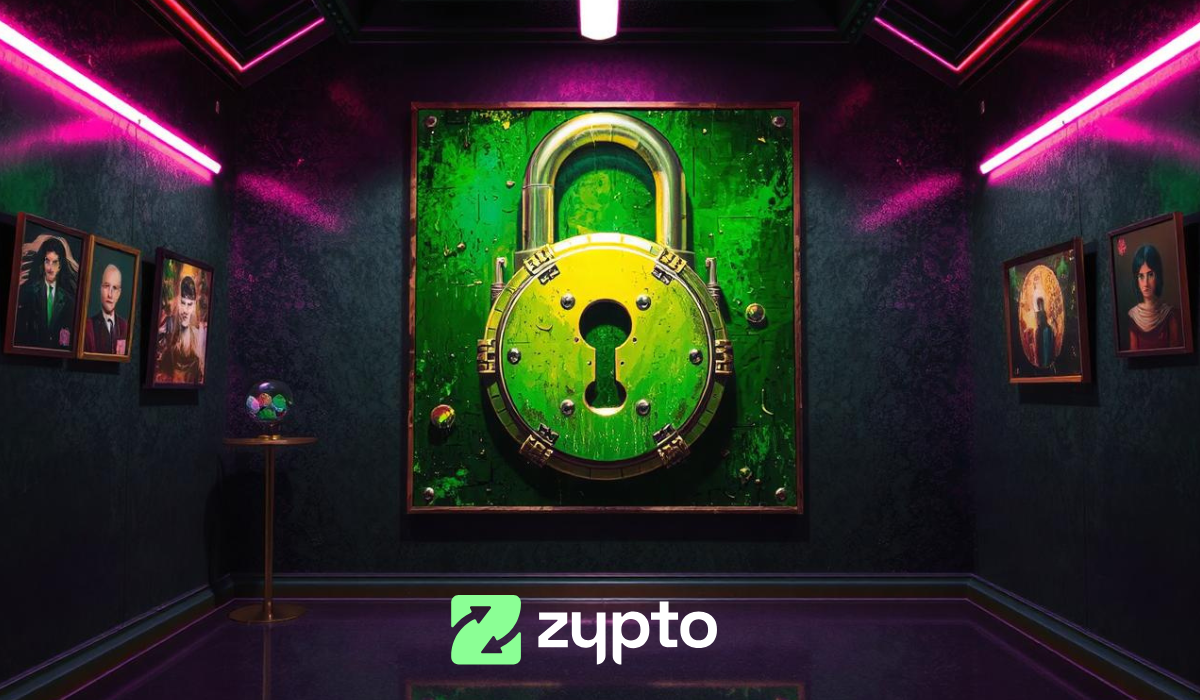
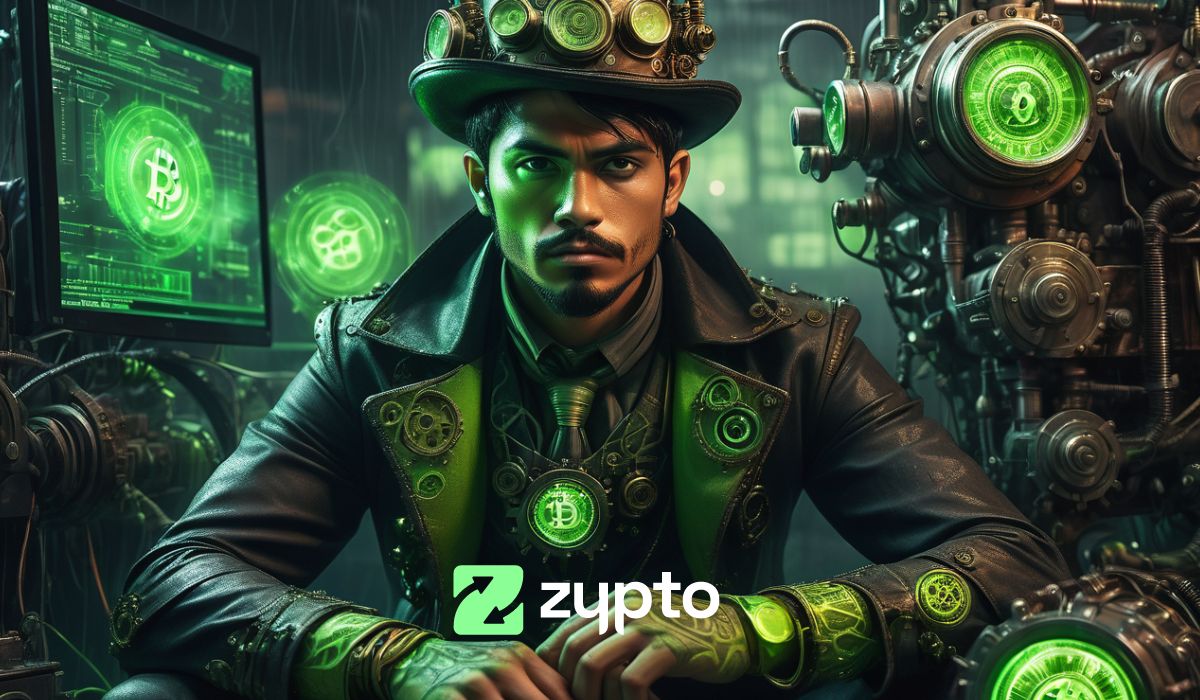

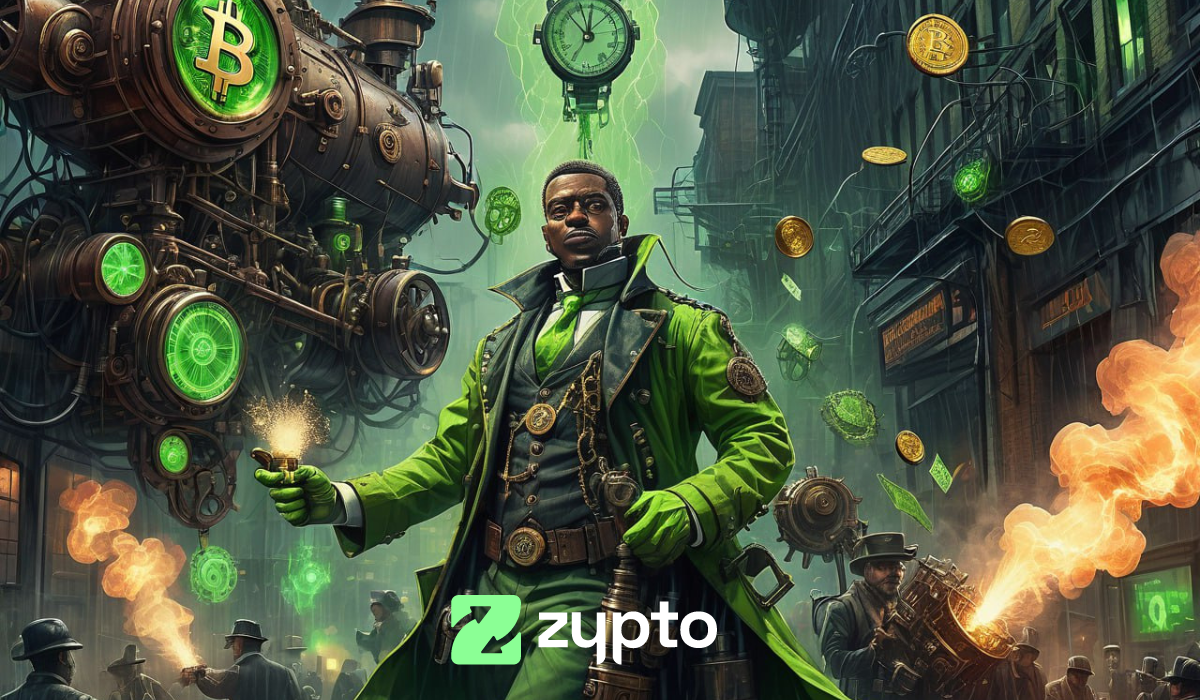



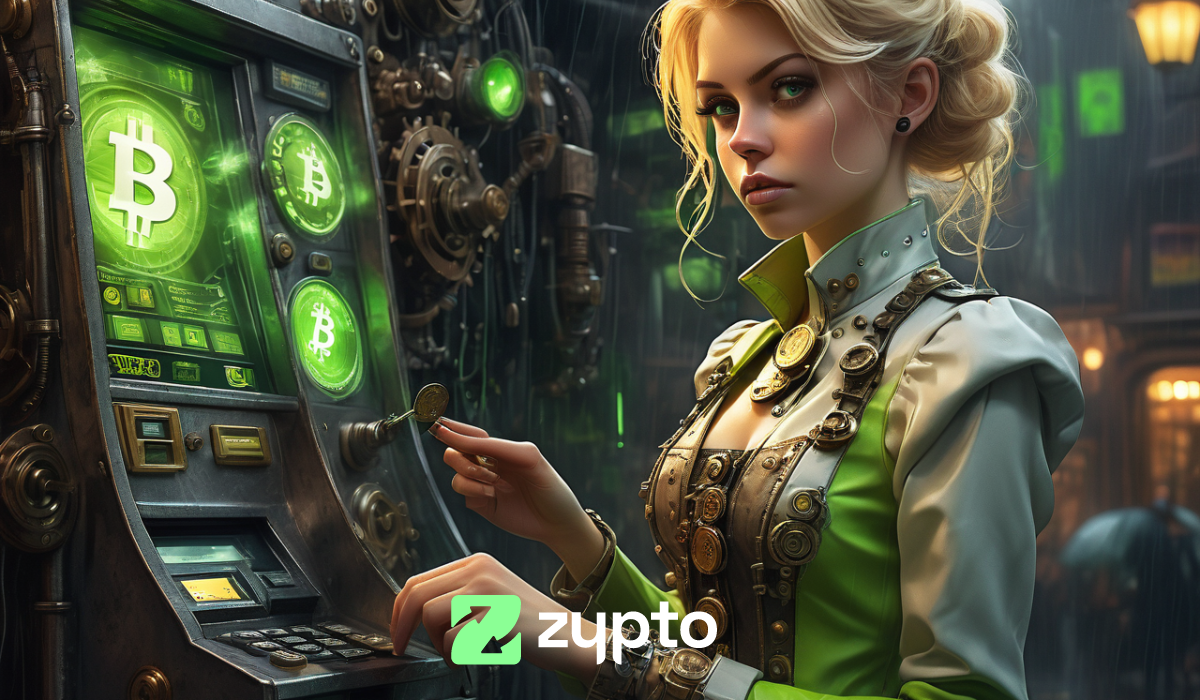

tldr;
Web3 is transforming the internet by prioritizing user control, privacy, and decentralization. Unlike Web1’s static pages and Web2’s centralized platforms, Web3 uses blockchain to give users control over their data and assets.
Key Features:
Decentralization: No central authority, more user control.
Privacy: Secure, transparent transactions via blockchain.
User-Centric: AI and semantic web tech for smarter content delivery.
Web3 Applications:
DeFi Platforms: Uniswap, Compound
NFT Marketplaces: OpenSea, Rarible
Decentralized Social Networks: Minds, Mastodon
Supply Chain Management: VeChain
Digital Identity: Civic
Blockchain Gaming: Axie Infinity
Zypto’s Role in Web3:
Zypto provides a secure, user-friendly platform for managing cryptocurrencies, bridging traditional finance and the decentralized future. Explore Zypto’s services to unlock Web3’s potential and join the decentralized revolution.
Such a great write up that shows what Web3 actually is and the reasons why it’s time for the evolution from Web2 needs to happen!
It will be interesting searching the internet for the relics from the Web2 era in 20 years time and how far we’ve come since!
Excellent article on the intersection of blockchain and Web3! The detailed explanations on how blockchain enhances decentralization and security in Web3 are very enlightening. Looking forward to more insights on this evolving topic. Thanks for the great read!